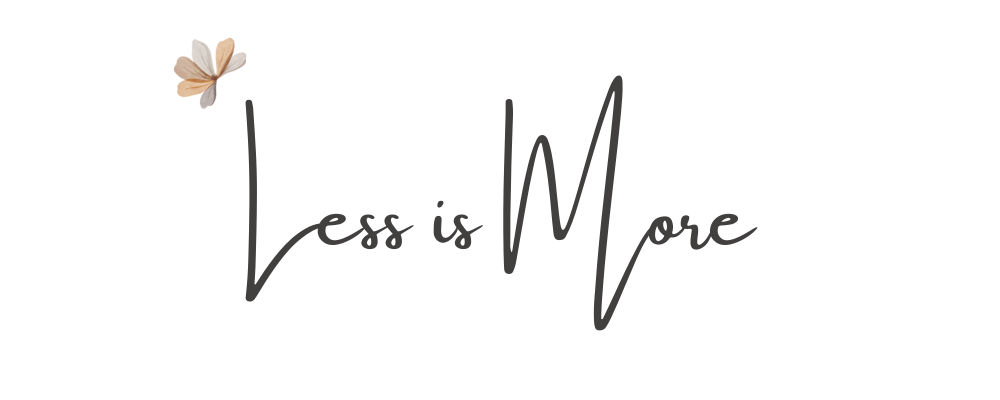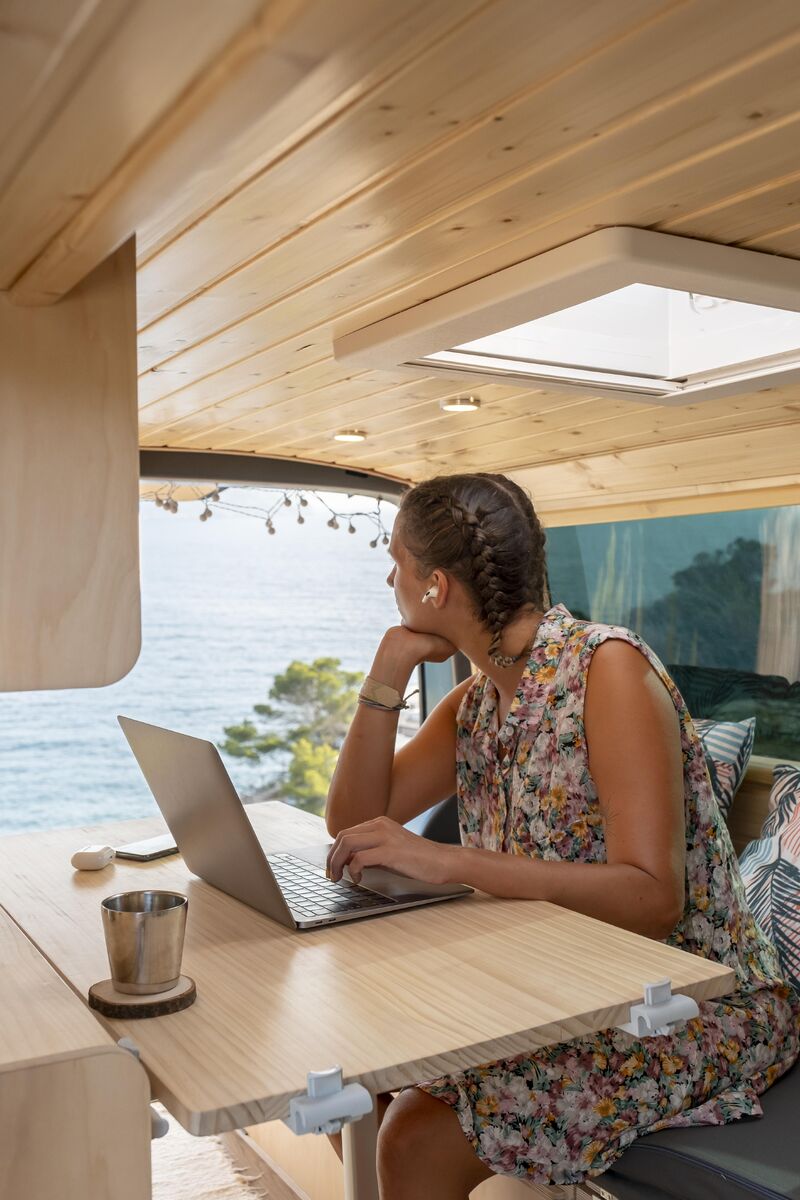Kids are more productive than you? Is it true?
Posted by: admin 4 years, 10 months ago
(Comments)

Play is broadly known as "a kid's work." Play is the best instrument kids need to find out about the world and interface with the general population around them—it's the most beneficial way they can invest their energy. Also, any individual who's seen a four-year-old focus on the job of craftsman, designer, or doggie pixie mythical beast knows exactly how much a preschooler can create.
Kids exceed expectations at their employments, so what would they be able to show us being better at our own? Here, we'll investigate some exploration on tyke improvement to perceive what we can find out about work from preschoolers. By following youngsters' lead in the accompanying five different ways, we may very well end up being as profitable as that little dog pixie winged serpent.
1. Channel Your Inner Learner
In the previous couple of decades, analysts have gone to a general accord that learning is a piece of kids' science. That is, youngsters are physiologically, mentally, and typically inclined to learn such that grown-ups are most certainly not. Any individual who's attempted to gain proficiency with an unknown dialect as a grown-up comprehends this idea great.
In The Scientist in the Crib, Alison Gopnik, Andrew Meltzoff, and Patricia Kuhl depict how kids instinctually seek after learning by effectively moving around their surroundings, seeing what's happening around them, and taking mental notes about what they experience. As they do this, they begin creating working hypotheses about the world.
As babies, their speculations identify with the essences of relatives or the repercussions of tossing sippy cups on the ground again and again and over—and over. In any case, as they age, youths question greater things ("Do all stones originate from space?") and produce progressively complex speculations ("Trees make the breeze when they move their leaves"). Youngsters' drive to learn is the premise of all that they produce. What's more, it's actually what makes them makers of such shocking—if silly—thoughts, stories, and physical developments.
Youthful youngster wearing a cape
In one examination, Stanford University analysts tried youngsters' drive to learn by acquainting them with another toy in various ways. The toy had four diverse straightforward capacities: a squeaker, a mirror, a light, and a catch that turned on music.
For one gathering of kids, they demonstrated the kids one of the capacities and afterward given them a chance to play with the toy.
For another gathering, they essentially exhibited the toy and left youngsters to play individually.
The kids who were appeared at do tended not to investigate any further. By exhibiting how the toy functioned, the scientist gave the youngsters a hypothesis of the toy with a royal flair: There was no compelling reason to go out and find out additional. Then again, the youngsters who were left to their own gadgets normally needed to learn: They effectively investigated the toy, found the majority of the elements of the toy, and played for longer timeframes. In the least complex terms, they were progressively profitable.
In a 2019 meeting with Berkeley News, Gopnik stated:
Youngsters are dedicated to finding out about the world, rather than simply concentrating on getting things achieved. [… ] What we've found in our examination is that this sort of investigation improves kids than grown-ups at finding impossible answers for an issue.
At work, when we're dedicated to achieving as opposed to learning, we wind up in the situation of those youngsters who were demonstrated what the toy does. Having built up "hypotheses" of how an undertaking will go or the motivation behind an assignment, we constrain ourselves to what's as of now known. We don't have the foggiest idea what we don't have the foggiest idea. By expecting that there's in every case more to learn, we can pursue the virtuous drive to grow new thoughts regarding commonplace things.
What's more, the most ideal approach to learn? Investigate.
2. Invest Energy Exploring
Since the mid twentieth century, specialists have appeared—and time once more—that kids' aptitude improvement finishes a dependable movement a progression of stages:
Introductory investigation
Purposeful control
Creation as well as portrayal
Take square structure, for instance. In The Art of Block Building, Harriet Johnson demonstrated that all youngsters, paying little mind to the age at which they previously played with squares, started by essentially taking care of them. They investigated the surface of the squares, felt their weight, and routinely conveyed them before stacking them or adjusting them in purposeful structures and shapes. It wasn't until more ability built up that they endeavored to make authentic structures like houses or, as a youngster once did in my preschool class, a generation of the Parthenon.
Kids' squares
This movement remains constant whether kids are drawing, making music, or investigating advanced innovation.
From a grown-up perspective, the last, authentic stage is the one where kids are most beneficial, in that they make conspicuous items like illustrations of volcanoes, designed songs on a piano, or a stop-movement film on their most loved application. In any case, in all cases, the inclination to take part in hands-on investigation—without a particular result as a primary concern—prompts new learning that improves youngsters' aptitudes in the later stages.
These discoveries give us a straightforward message: It's both characteristic and helpful to set aside effort to investigate an errand before focusing on one way ahead. While youngsters will in general do this naturally, grown-ups may need to prepare for their exploratory time. When taking on another undertaking, abstain from bouncing directly into plotting and arranging the subsequent stages. Rather, investigate: Consider various arrangements, pose inquiries that may appear to be distracting, and be available to finding unforeseen approaches to handle the venture.
Take an increasingly solid model, even. When we embrace another application, we accept that we're going to utilize it for a particular reason. Be that as it may, without taking some effort to truly investigate what it brings to the table, you may pass up chances to make your product utilization increasingly gainful, regardless of whether that is utilizing Google Sheets as your plan for the day or utilizing Alfred to compose all the more self-assuredly.
3. Give Yourself a Blank Slate
You've likely done some ice-breaking exercises in your time. As of late, numerous a workshop have started with some sort of building challenge: constructing a pinnacle out of dried pasta and tape, propelling a quill utilizing straws and paper cups, planning the ideal wallet.
In a now-celebrated TED talk, Tom Wujec discloses how kindergartners will in general be the best at these errands. He talks about, specifically, the "marshmallow challenge," in which groups have 15 minutes to assemble the tallest structure they can out of spaghetti, with the one guideline that it must almost certainly hold a marshmallow on top. Kids, he watches, will in general make taller and more steady structures than grown-ups. The reason, he says, is basic: Adults approach the issue by examining plans, picking one, and after that assigning obligations to achieve it.
That approach isn't terrible when the current undertaking is a known one—when it's like different assignments you've chipped away at or in accordance with work processes that your association has utilized previously. All things considered, grown-ups by and large work admirably of applying past information to new circumstances. Be that as it may, with the marshmallow challenge, the issue is totally new, so past experience doesn't have any significant bearing, and the standard methodology doesn't work.
Kids' cerebrums, then again, flourish in new settings, to some extent since more settings are new to them. When building their marshmallow towers, kids aren't obliged to imitating structures that they think about from this present reality, for instance (Wujec noticed that spaghetti Eiffel Towers are a well known decision among grown-ups).
With less learning to draw from, kids effectively and smoothly consider new ideas to take care of issues. They don't generally have a container to be stuck in, so it's a characteristic methodology. For the marshmallow challenge, they don't prepare, but instead hop directly into structure. In view of an unmistakable objective, the exploratory stage is heated into generation, and imaginative thoughts are a characteristic result.
Utilizing an old methodology on new issues can resemble attempting to compel a square peg into a round gap. Kids approach errands from the beginning, revealing novel techniques that are custom fit to the current issue. So whenever you're entrusted with a totally new undertaking, don't constrain your earlier information onto it. The Eiffel Tower isn't generally the appropriate response.
4. Carry Pretend into the Workplace
In The Role of Play in Human Development, Anthony Pellegrini clarifies the how upgraded imagination we find in kids—for the most part in the domain of "imagine"— has a significant social and transformative capacity.
Kids discover unordinary employments of existing items, however they even concoct new articles and thoughts through inventive play. Despite the fact that it might appear to be unremarkable that a tyke can see a square and imagine it's a telephone, or that a little child can rapidly turn into an elephant in their psyche, this sort of emblematic portrayal in believing is a type of advancement. Also, it makes kids progressively profitable in their play by enabling them to accomplish the objectives of their game without the confinements of the constrained assets available to them. Relatively few four-year-olds really have telephones with them, and less have really observed an elephant, not to mention can change into one.
As grown-ups, we frequently stall out on the snags brought about by the "truth" of an assignment: One way ahead won't work on account of reason some time another would never happen in view of reason B. Obviously, some preventative reasoning is significant since it restrains the vitality we exhaust on things that simply aren't conceivable. In any case, we have to practically rule out that "the sky is the limit" mentality that kids have; attempt to offset authenticity with a touch of innovative play.
Blue sky gatherings can help groups consider what they would achieve if there were no deterrents; and with a reasonable, aspiring objective at the top of the priority list, you can figure out your way to the end and "play" through any major staying focuses.
5. Welcome Help, Even When It's Unsolicited
We're all mindful that requesting help is significant. But at the same time we're in all respects liable to push off—or even get disappointed with—what we'd think about spontaneous guidance. Youthful youngsters, then again, are receptive to unconstrained assistance. What's more, it's not on the grounds that they need it; truth be told, they react significantly more to mediation as they grow more procedures to work freely.
In my study hall, I worked with an associate to ponder how kids direct their very own practices to all the more likely accomplish objectives in their play. We were keen on what they did individually, however we additionally comprehended that kids weren't working (or playing) in a vacuum: Teachers were checking in, posing inquiries, and offering support.
As we recorded occurrences of these mediations, we checked how often youngsters reacted to them by structure on the help they were advertised. The general pattern: Older youngsters, who showed increasingly free practices in their play, reacted to educator mediation with higher recurrence. When they utilized the help to tackle a portion of the issues they experienced, they were rapidly off to their very own gadgets once more, having gotten the hang of something en route.
This sort of communication wholes up one of the extraordinary hypotheses of learning in instructive circles: Lev Vygotsky's Zone of Proximal Development. The substance? Everyone has two dimensions of improvement at which they can play out an errand: their real formative dimension and their potential formative dimension. The real dimension is their main thing totally freely—like working alone in an office. The potential dimension is their main event with a little assistance, called a "platform," that doesn't give the correct answer however just pushes them the correct way.
The space between those two territories is known as the Zone of Proximal Development.
Think about a tyke searching for a lost toy. You probably won't know where it is, however you can framework their inquiry: Have you had a go at looking under the love seat? Consider the possibility that it's in another room. Vygotsky contended that genuine learning occurs in this zone, when kids get training from individuals who are more master than them to enable them to accomplish more than they would have without anyone else.
Picture of youngster figuring out how to ride a bicycle with the assistance of grown-ups
In accepting—and above all, reacting to—the framework, youngsters increase new learning and techniques, and the genuine formative dimension crawls forward, as well.
It's anything but difficult to perceive how this applies to kids. Yet, we realize that advancement and learning occur over a whole life expectancy, so all people at all ages have this zone.
Grown-ups are stood up to with new ventures, errands, and thoughts constantly, and they normally approach them at their real formative dimension. What's more, since that genuine formative dimension is entirely best in class, we frequently don't think we need any assistance. In any case, taking that spontaneous exhortation—that framework from associates and directors—could push us to be significantly progressively profitable.
Youngsters are reliably utilizing methodologies like these to cause their play tantamount to it to can be. They control their very own activities, considerations, and feelings through alleged self-administrative practices—what the Center on the Developing Child at Harvard calls our "cerebrum's aviation authority framework." And on the grounds that these practices aren't exactly as created in youngsters, they normally practice every one of them. A great deal.
As grown-ups, we some of the time feel we've aced these practices. We frequently lay on the trees of one system that has been already effective (plan for the day, anybody?). Or then again we sit tight for tricky wonders like stream to jumpstart and guide us through our work—something contrary to self-guideline.
However, listen to this: As grown-ups, we're extraordinarily situated to benefit as much as possible from these practices. While youngsters toss paint at the canvas to perceive what sticks, we can pick which device is best for the activity, as long as we recall the broad assortment of instruments we have. In the event that we take a gander at our young good examples, we can imitate the practices that will profit us—little dog pixie mythical serpent play included.
2 weeks, 3 days ago
What does the Fed do in 2008
Recent newsToday, one of the popular topic related to financial policy is the question on
read more2 weeks, 3 days ago
What is Lifetime Value of customer
Recent newsHave you ever heard about LTV? well if you talk about Macroprudential policy, it will be loan to value. But if you talk about startups and the world of tech, it refers to the Lifetime value of a company.
read more1 month, 1 week ago
Mengenal lebih dalam kurikulum merdeka
Recent newsAkhirnya Indonesia menerapkan kurikulum merdeka, namun sebenarnya apa sih itu kurikulum merdeka?
read more1 month, 3 weeks ago
How to understand the impact of interactive variable from interaction model to depended variable
Recent newsI tried from my own research. And here it is
read more2 months ago
Thing you should do, to not clutter the social media
Recent newsThere 7 things that really move the needle when it comes to social media. They aren’t always easy, but they really do produce results.
read more2 months ago
Elektabilitas cawapres 2024, Erick Thohir paling atas
Recent newsJelang Pilpres 2024, sejumlah nama telah teridentifikasi dan mendapat dukungan publik. Tiga teratas capres sejauh ini adalah Anies Baswedan, Ganjar Pranowo, dan Prabowo Subianto. Ketiganya memang telah mengantongi dukungan dari beberapa partai politik. Namun, dukungan pada ketiganya tampak masih belum ajeg. Hal ini menunjukkan bahwa preferensi publik juga belum ajeg, masih rentan terhadap perkembangan situasi politik maupun kondisi lain.
read more7 months, 3 weeks ago

Collaboratively administrate empowered markets via plug-and-play networks. Dynamically procrastinate B2C users after installed base benefits. Dramatically visualize customer directed convergence without




Comments